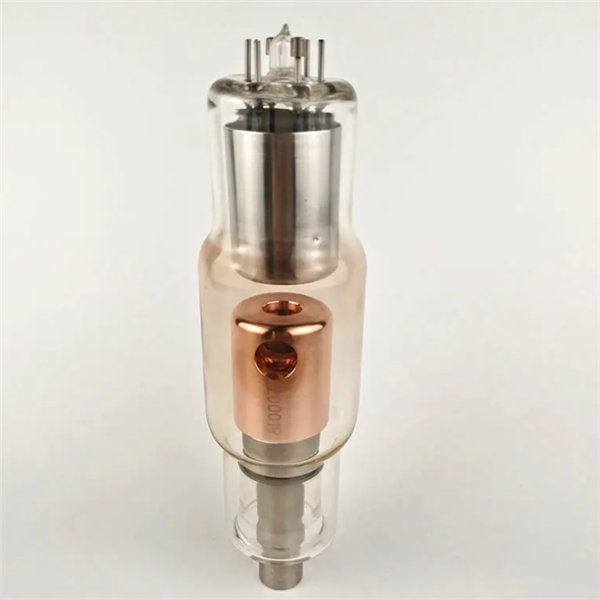X-ray tubes are an important component of radiography systems and play a vital role in the generation of diagnostic images. These tubes are the heart of X-ray machines, producing high-energy electromagnetic radiation that penetrates the body to create detailed images of internal structures. Understanding the function and importance of X-ray tubes is critical to understanding their role as the backbone of radiography systems.
X-ray tubes work by converting electrical energy into X-rays. Inside the tube, a high voltage is applied to accelerate the electrons, which are then directed toward a metal target. When high-speed electrons collide with a target, X-rays are produced due to the interaction between the electrons and atoms in the target material. These X-rays then pass through the patient’s body and the resulting images are captured by a detector such as film or a digital sensor.
One of the key considerations in X-ray tube design is the ability to handle the high levels of heat generated during X-ray production. The effect of heat on tube components requires the inclusion of cooling systems to dissipate excess heat and prevent overheating. This is particularly important in high-volume imaging environments where X-ray tubes are frequently used.
The performance of the X-ray tube directly affects the quality and efficiency of radiography. Factors such as tube voltage, current, and exposure time all contribute to the production of high-quality diagnostic images. In addition, advances in X-ray tube technology have led to the development of specialized tubes for specific imaging applications such as computed tomography (CT) and fluoroscopy, further enhancing the capabilities of radiography systems.
In recent years, the development of X-ray tube technology has focused on improving imaging speed, dose efficiency, and image quality. This has led to the development of digital X-ray detectors and advanced image processing algorithms that work in conjunction with X-ray tubes to produce high-resolution images while minimizing patient exposure. These advancements have revolutionized the field of diagnostic radiology, enabling faster image acquisition and more accurate diagnosis.
Maintenance and replacement of X-ray tubes are important aspects of ensuring continued functionality of radiography systems. Over time, X-ray tubes suffer wear and tear due to the high-energy processes involved in X-ray production. Regular maintenance and periodic replacement of X-ray tubes are essential to prevent image quality degradation and ensure patient safety.
In conclusion, the X-ray tube is undoubtedly the backbone of the radiology imaging system and is the main source of diagnostic X-rays. Their design, performance and technological advancements have greatly facilitated the development of medical imaging, allowing healthcare professionals to gain detailed understanding of the human body for diagnosis and treatment. As the field of radiology continues to evolve, X-ray tubes continue to play an integral role in shaping the future of medical imaging.
Media Contact
Company Name: Sailray Medical System Co., Ltd.
Email: Send Email
Country: China
Website: https://www.dentalx-raytube.com/


